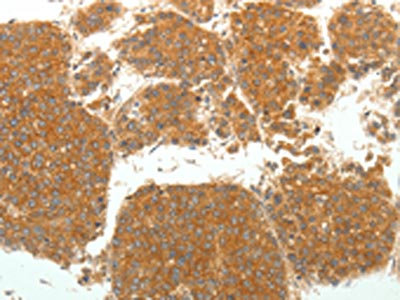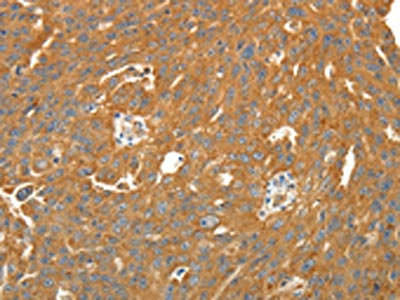Acts as NAD-dependent protein lipoamidase, ADP-ribosyl transferase and deacetylase. Catalyzes more efficiently removal of lipoyl- and biotinyl- than acetyl-lysine modifications. Inhibits the pyruvate dehydrogenase complex (PDH) activity via the enzymatic hydrolysis of the lipoamide cofactor from the E2 component, DLAT, in a phosphorylation-independent manner. Catalyzes the transfer of ADP-ribosyl groups onto target proteins, including mitochondrial GLUD1, inhibiting GLUD1 enzyme activity. Acts as a negative regulator of mitochondrial glutamine metabolism by mediating mono ADP-ribosylation of GLUD1: expressed in response to DNA damage and negatively regulates anaplerosis by inhibiting GLUD1, leading to block metabolism of glutamine into tricarboxylic acid cycle and promoting cell cycle arrest. In response to mTORC1 signal, SIRT4 expression is repressed, promoting anaplerosis and cell proliferation. Acts as a tumor suppressor. Also acts as a NAD-dependent protein deacetylase: mediates deacetylation of 'Lys-471' of MLYCD, inhibiting its activity, thereby acting as a regulator of lipid homeostasis. Does not seem to deacetylate PC. Controls fatty acid oxidation by inhibiting PPARA transcriptional activation. Impairs SIRT1:PPARA interaction probably through the regulation of NAD(+) levels. Down-regulates insulin secretion.








